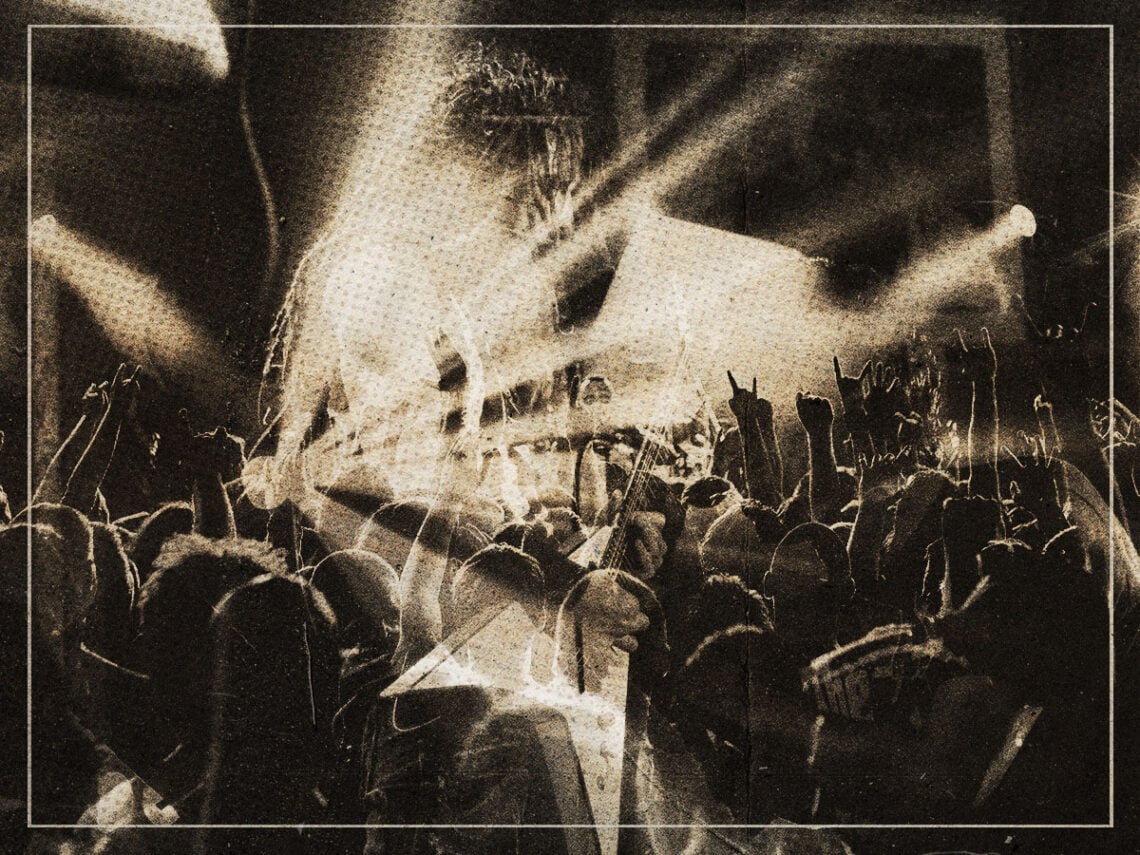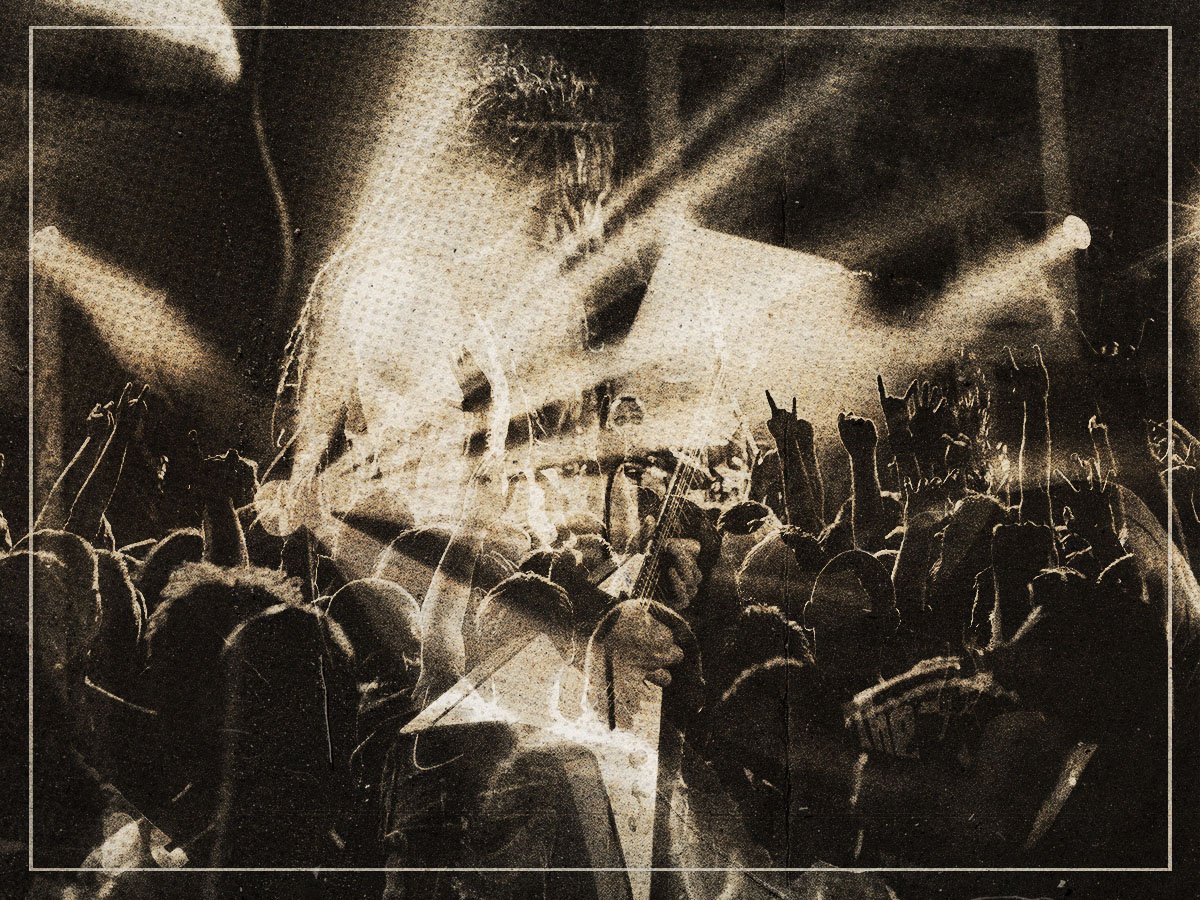
(Credits: Far Out / Filip Andrejevic / Diego Ornelas-Tapia)
From the moment that English colonisers first set foot in Jamestown back in the 17th-century, the USA has shared a strange, often tumultuous relationship with their transatlantic neighbours.
Still, the hatchet of 1776 has been largely buried, at this point, and American culture has had an inescapable impact on modern-day Britain.
It is not overly surprising that American culture has routinely bled over into the UK. After all, both nations share a language (mostly), and the United States has given the world everything from Looney Tunes cartoons to Iggy Pop. Particularly in the wake of World War II, during which time many American soldiers found themselves stationed in the UK, this sceptred isle has had something of a fascination with American culture.
In particular, the younger generation in post-war Britain tended to view America as an endlessly exciting, brightly coloured place, as opposed to the perpetually grey landscape of the UK, large swathes of which had been turned into rubble over the course of the war. One of the key cultural exports America brought to the UK during that time was music: jazz and blues being two of the most prominent examples.
Before too long, artists in the UK began to adopt similar sounds to the big band jazz emanating from US cities like New York. In fact, jazz had such a stronghold on UK audiences that, during the 1950s, British bandleader Ted Heath – not to be confused with former Prime Minister Ted Heath – travelled to the States to tour with various jazz artists.
Heath’s visit marked one of the first times a British artist crossed the Atlantic to share their musical gift. For audiences in the UK, however, they would have to wait a few more years before any American artists touched down on British soil. That particular honour was bestowed upon Bill Haley, an essential figure in the popularisation of a new musical style, named rock and roll.
Haley was not the first artist to adopt the emerging sounds of rock and roll; the scene had been bubbling away under the surface for years, with countless artists blending blues with R&B, folk, and country to create an entirely new, high-energy sound. The likes of Sister Rosetta Tharpe, Fats Domino, and Big Mama Thornton, for instance, were essential in carving out the sound of the scene, but it was Bill Haley and his Comets who thrust the defiant new style into the mainstream consciousness.
With his 1954 single ‘Rock Around The Clock’, Haley united both sides of the Atlantic under a common adoration for rock and roll. The song topped the charts both in the US and the UK, marking the widespread arrival of rock and roll. Keen to capitalise on this fleeting success, Haley and the group toured the States exhaustively before finally making their way over to the UK.
Haley arrived on the – presumably freezing – shores of Southampton in February 1957, greeted at the dock by thousands of adoring young fans. From there, the rock and roll pioneer played a number of shows up and down the country, some of which were witnessed by the next generation of British rock and rollers – ironically setting off a domino effect that would eventually lead to the ‘British Invasion’ of the 1960s.
It is impossible to overstate the importance of Haley’s visit to the UK. Not only was it the first instance of an American pop star making the trip over the pond, but it essentially signalled the arrival of youth culture and rock and roll rebellion in the UK, too. Without that visit, there is no telling how many of Britain’s future rock stars might never have been turned on to the infectious sounds of American rock and roll.
Related Topics
